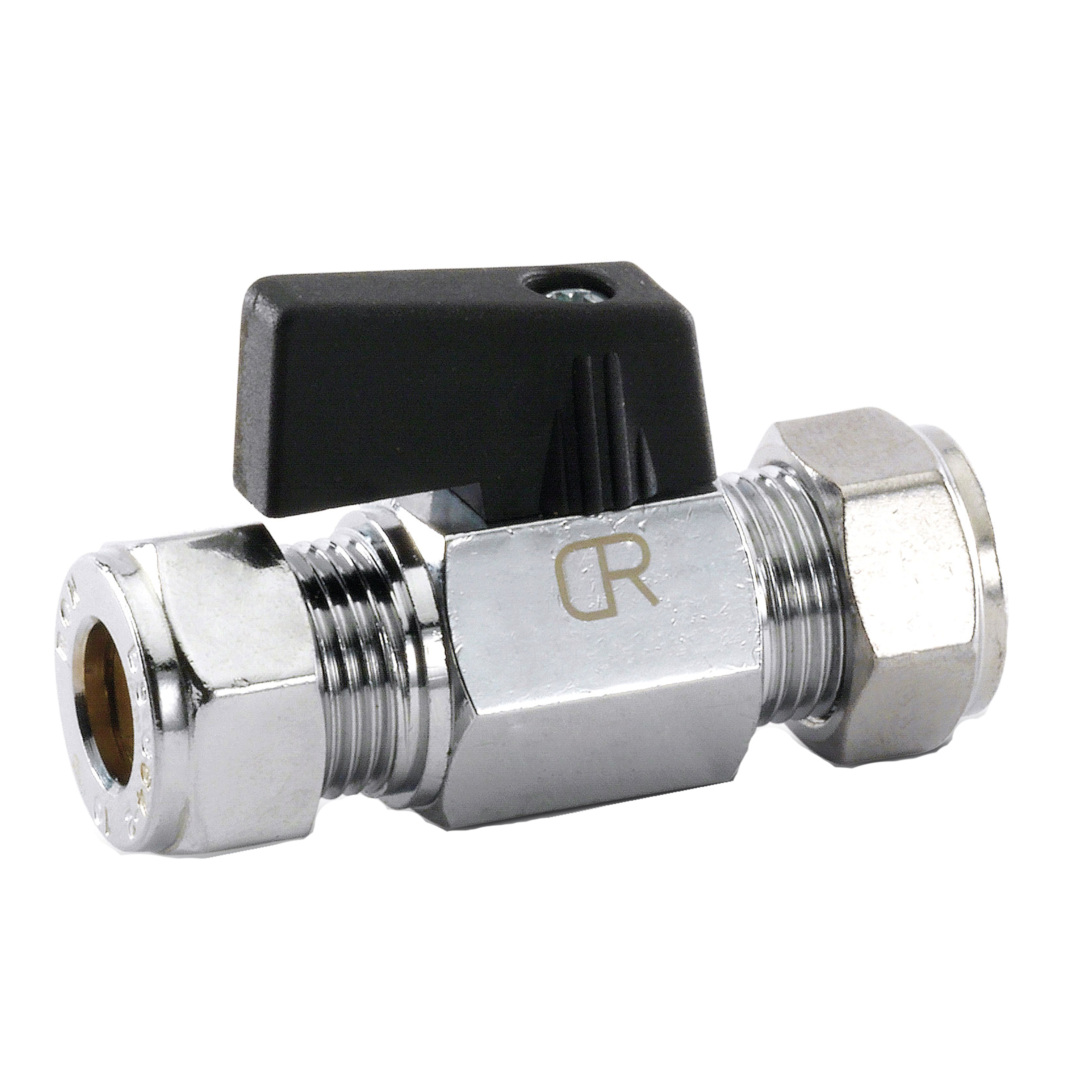Flowflex Mini Ball Valves are a quick way of isolating flow in a system. Flow is controlled through a quarter turn action which moves the hole in the ball inline or out of line with the flow, preventing or facilitating flow as appropriate.
Flowflex Brass DZR Mini Ball Valves are supplied in a chrome finish and regarded as a long term and reliable solution, performing well after long periods of disuse. The quick operation of a Mini Ball Valve, is an advantage, and makes it ideal for emergency applications, however by the same merit, a disadvantage may be that Mini Ball Valves may induce water hammer in a system.
Applications
- Domestic
- Commercial


